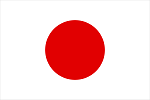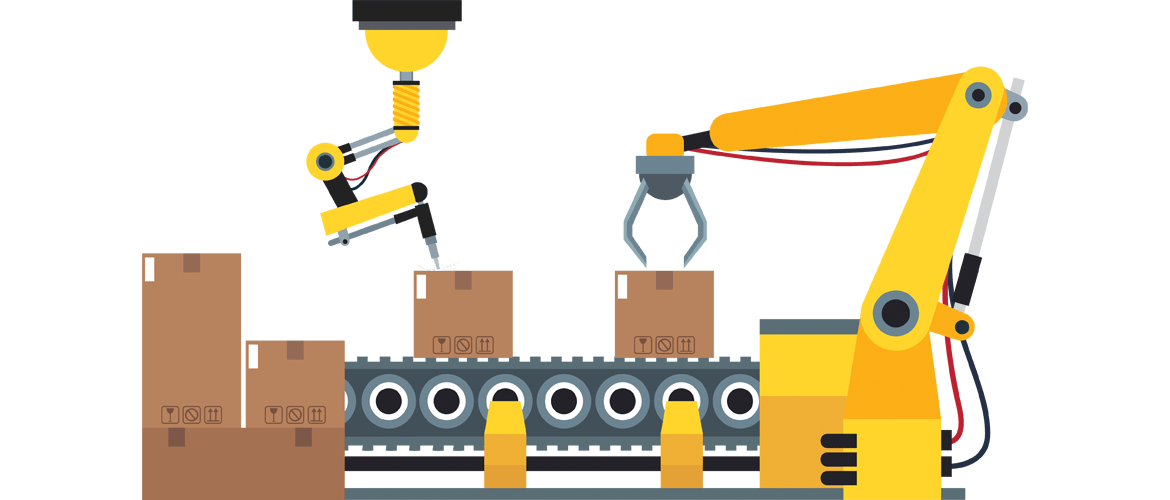MES/MOMWhat is?
Manufacturing Execution System(MES/MOM)Has been in the market for a long time, and for companies at any stage of development, there are many;MES/MOMSolutions are available. Especially in the past few years, due to the rapid advancement of digital technology and the "smart factory" and "industrial Internet of Things"(IIOT)Demand is increasing. Therefore, understandingMES/MOMThe rationale behind this is critical to you in order to successfully apply it to your production management.
MES/MOMSystematic Best Practices
Practice has shown that implementationMES/MOMThe best practice is to first identify the key business goals that you want to achieve, thus avoiding endless readingMESManufacturerPPTSolution specification, until the real pain point requirements of the project are clarified, thesePPTThe plan book is basically the same, which can be confusing. In fact, someMES/MOMFeatures and functions may not fit very well with your current production needs, so you should carefully compare them during the selection process.
In selectMES/MOMSoftware(And supported hardware technologies;)Your goal should be to choose a platform that can meet your long-term production management needs without the need for frequent subsystem replacement. It's more important to pay attention toMES/MOMThe efficiency improvement brought about by the system. DifferentMES/MOMSystems will advertise their own "strengths", and you should focus on comparing whether these advertised solutions fit your needs.
MES/MOMSynergy with other systems
Once you implement a digital factory in your factory,MES/MOMWill work in tandem with other business systems, here withERPSystem as an example. Most factories have enterprise resource plans(Enterprise Resource Planning, ERP)Platform, which is usually associated withMES/MOMThere are some overlapping functions. HoweverERP, it works withMES/MOMThe focus and division of labor are different,ERPIs a comprehensive management software, designed to help enterprises achieve effective planning and management of resources, andMES/MOMIt is a set of systems specially provided for the daily production process. OneERPThe system itself does not have sufficient capacity to support the production process, which requires an intermediate process to "transform"ERPData so that they can work together;Usually it is done through the interface interaction between systems or the technology of reading and writing databases.
MES/MOMThe value of the system
1. Fine Management of Manufacturing Execution Process
During manufacturing execution,MES/MOMThe system adopts process refinement relationship, material refinement management, and equipment refinement management, and establishes a complete process data dictionary, material information dictionary, and equipment file information system.
2. Seamless Connection between Equipment Automation and Software Automation
mesThe system establishes a unified and standardized interface standard for all devices. While the device itself completes its automation work, it realizes seamless integration with the software system to achieve automatic data extraction by the software. Automatically complete the fully automated goals of data analysis and processing.
3.Powerful Integration of Enterprise Resource Information
There are a lot of resource information in enterprises, mainly including resources such as manpower, logistics, capital, and equipment. Each information has its own unique attributes. MES/MOMThe system can organically integrate various messy and complex resource information, and cooperate with each other without affecting management.
4. Logistics barcode and quality traceability management
MES/MOMThe system can achieve quality traceability management for all production information and logistics information. The introduction of personnel barcoding, equipment barcoding and other links in enterprise informatization can also deepen the application.
5. Realizing the Leap of Enterprise Information from Isolation to Integration
MES/MOMThe system can build a production information integration platform for enterprises, establish a unified informatization standard model and a production and processing data information storage center within the enterprise, and integrate various production-related resource information into one platform.
6.Efficient combination of pull production and push production
MES/MOMThe system takes the sales order as the source power, assemblesBOMAnd process information is used as the production basis to customize the production plan, thereby driving the assembly production of the assembly workshop, and promoting the processing of parts in the complete set workshop based on the demand for parts in the assembly workshop. Realize the efficient combination from assembly to complete production.
SimpleMES/MOMBenefits of Operation
MES/MOMThe benefits of the system mainly include improving production efficiency, reducing production costs, enhancing the transparency of the production process, optimizing the allocation of production resources, promoting quality management, and supporting production decision-making and optimization
Improve production efficiency:MES/MOMThe system realizes the overall management and optimization of the production process through real-time monitoring of the production process, collection and analysis of production data, thereby improving production efficiency and quality.
Reduce production costs:MES/MOMBy optimizing the use of resources and effective management, the system helps enterprises fully plan and utilize production resources to achieve maximum production capacity and optimal production costs.
Enhancing transparency in the production process:MES/MOMThe system provides real-time data acquisition, analysis and processing functions, so that each link of the production process can be effectively controlled and optimized, thereby improving production efficiency and quality.
Optimizing the allocation of production resources:MES/MOMBy providing functions such as real-time resource status monitoring, planned maintenance, and equipment utilization, the system helps enterprises fully plan and utilize production resources to achieve maximum production capacity and optimal production costs.
Promoting quality management:MES/MOMThe system tracks the entire process from raw materials entering the factory to finished products entering the warehouse, and collects real-time data such as product raw materials, production equipment, operators, and process batches, providing a basis for product use, design improvement, and quality control.
Support production decision and optimization:MES/MOMThe system provides visualization and transparency of production and supports decision-making and optimization of production by collecting, storing, analyzing and processing various data generated in the production process.
In addition,MES/MOMThe system also has other advantages, such as supporting multi-organization collaboration, assisting enterprises in lean production, realizing production transparency, traceability of production process, and intelligent information management. These advantages together help enterprises achieve digital transformation and improve market competitiveness.
In-depth understandingMES/MOMSystem
MES/MOMBy integrating and optimizing all aspects of the production process, the system realizes real-time monitoring, data collection and analysis, quality management and other functions of the production process, improves production efficiency and quality, and reduces production costs. To enhance the competitiveness and sustainable development capabilities of enterprises, there are the following modules:
Planning and scheduling: According to the order and production plan, make production tasks and production scheduling plans, and carry out resource allocation and scheduling.
Production process control: ensure the stability and consistency of the production process by monitoring and controlling equipment and process parameters.
Data collection and analysis: Real-time collection and recording of production data, including equipment status, output, quality, etc., for analysis of production efficiency and quality issues, and continuous improvement.
Quality Management: Track and record the quality data in the production process, conduct quality inspection and control to ensure that the products meet the quality standards and customer requirements.
Traceability and traceability: Trace and record the production process of products and the source of raw materials to achieve product traceability and quality traceability.
Process Management: Manage and maintain the process route and process parameters of products to ensure the consistency and controllability of the production process.
Resource management: Manage resources such as manpower, equipment, and materials required for production, conduct resource scheduling and optimization, and improve resource utilization and production efficiency.
Report and Analysis: Generate various production reports and analysis reports to help management make decisions and optimize production processes.
Warehouse management: Manage materials, finished products, semi-finished products in and out of the warehouse, scrapping, inventory, allocation and other daily work.










